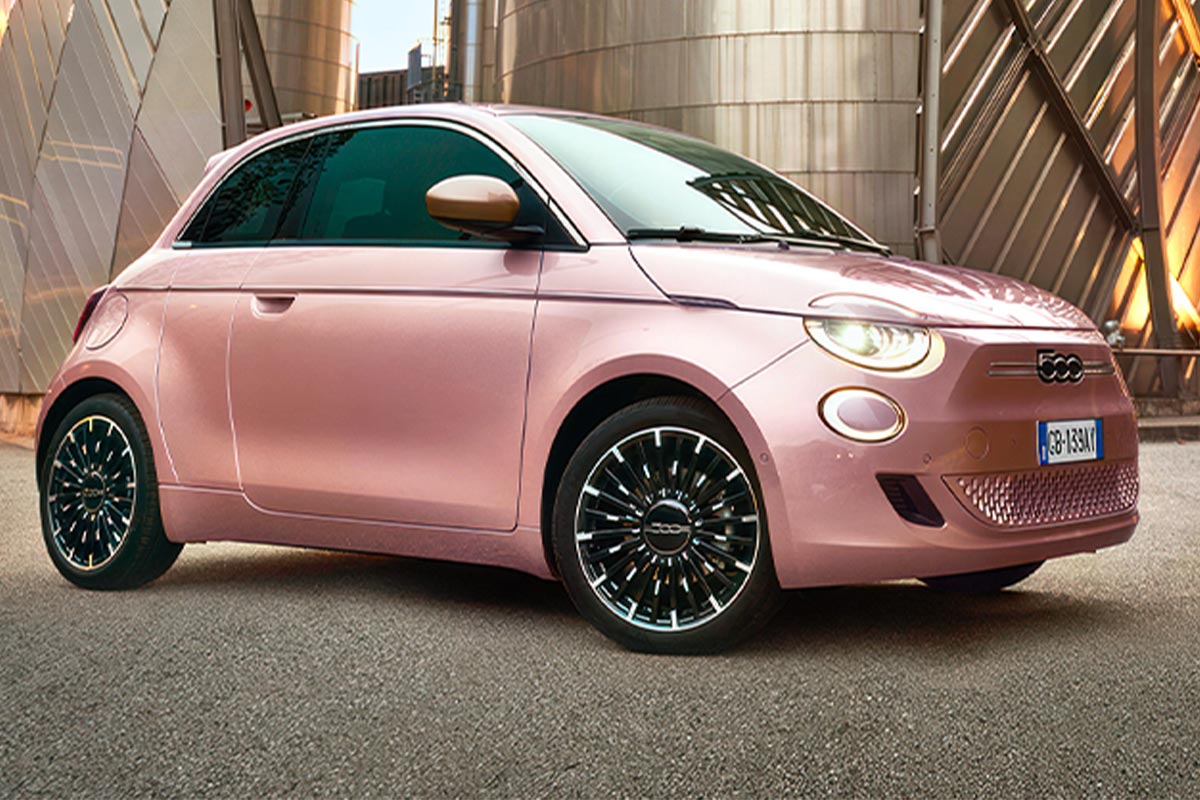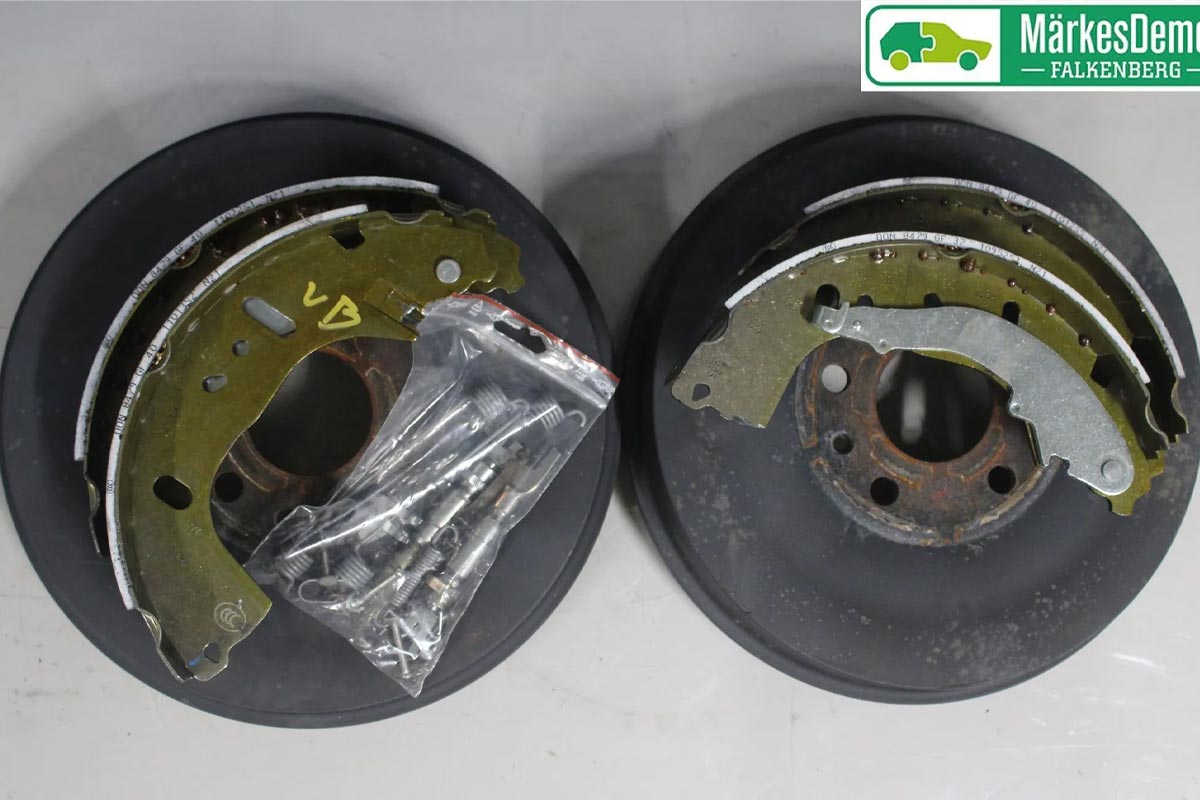
Who would have thought that the solution to future anti-pollution standards would come from a decades-old technology? At a time when automakers are vying with each other to reduce pollutant emissions, Stellantis could bring drum brakes back into fashion?
In the collective imagination, drum brakes are a thing of the past. Less efficient than disc brakes and more prone to overheating, they were previously reserved for small, entry-level city cars. However, with the arrival of Euro 7 standards, which no longer limit themselves to exhaust gases but also take into account the particles emitted by brakes, this neglected technology could once again become valuable.
Every time you brake, dust is released from the brake linings and discs. Recent studies even show that these particles are as harmful, if not more so, than diesel emissions.
The Stellantis patent: "magnetic" drums
This is where Stellantis comes in with an ingenious patent: equipping its drum brakes with a magnetic coating. The idea is simple: since drums are closed systems, it's easier to trap particles there than on disc brakes, which are totally exposed to the open air. Thanks to this thin magnetic layer, a large proportion of the dust emitted by friction would remain trapped inside.
Of course, this system can't capture everything, especially non-metallic particles. But combined with a change in the materials used, it could significantly reduce brake-related emissions.
A solution particularly suited to electrified cars
If Stellantis believes in this avenue, it's above all for its hybrid and electric cars. On an electrified car, a large proportion of braking is already provided by energy recovery via the electric motor. As a result, mechanical brakes are used less, and their limitations (heat dissipation, braking power) become less of a problem. Stellantis could therefore combine drum brakes with regenerative braking.
It's not the first time: manufacturers like Volkswagen, with the ID.4, are already using drums at the rear of their electric models. Simpler, lighter and less costly, they also reduce rolling resistance, thereby increasing range.

Towards a widespread return?
Stellantis has not yet confirmed whether this patent will be applied in series. But the logic is there: faced with increasingly stringent standards, we sometimes have to turn to unexpected solutions. And if, tomorrow, a new-generation Fiat were to include drums, it would no longer be synonymous with the bottom of the range, but with innovation in the service of ecology.
That's not good news.
I've never understood why they put discs at the rear, since those brakes are almost useless!
For better braking?
Damit rostige Bremsscheiben in der Werkstatt ausgetauscht werden müssen. Also der gleiche Grund, warum man angefangen hat, Stoßstangen zu lackieren 😉
Ya sabemos dónde trabaja ahora el ingeniero del motor pudretech... Innovando con los frenos
Catástrofe a la vista, amigos
Stellantis, siempre igual un paso adelante y dos por atras
Generally, whatever Stellantis touches, it ends up as a major failure at the best case scenario, or right out a catastrophe in the worst.
Disc brakes "went out of fashion" for a reason and I heavily doubt that a company, like Stellantis could make anything good or safe when they "innovate". Stellantis has a track record of poor engineering and poor quality. I wouldn't trust anything that comes out from them.
Abs and esp work with drums
If the front drums used 3 leading brake shoes, mechanical braking could be 80% of a disc brake. In an car with regenerative braking that should be more than enough.